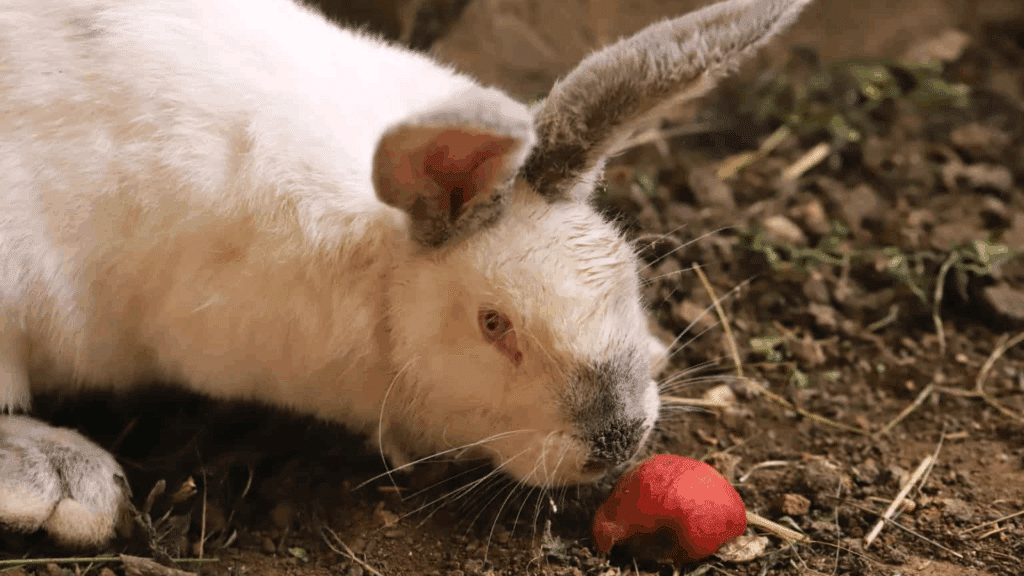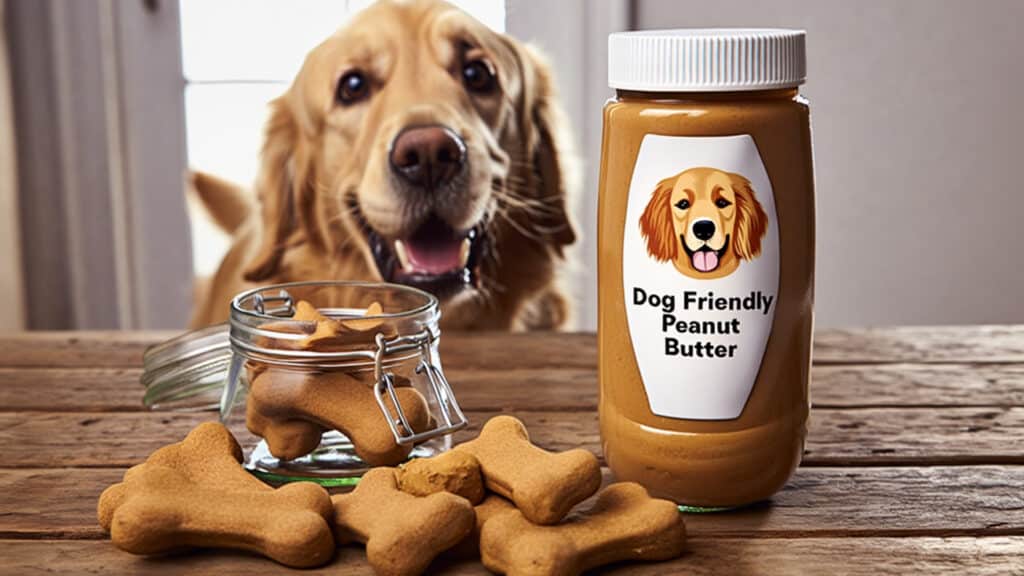It’s common for indoor cats to gain a few extra pounds. With less space to roam and easy access to food, many cats slowly put on weight without their owners noticing.
But helping your cat slim down isn’t about looks; it’s about giving them a healthier, longer, and more active life.
Many cat owners often wonder, “How to help my cat lose weight safely,” and that’s exactly what this guide is here to explain.
In this guide, you’ll learn how to:
- Spot the signs your cat may be overweight
- Create a safe and effective weight loss plan
- Choose the right food and feeding schedule
Each section focuses on small, steady changes that actually work. With a little patience and care, you can help your cat feel lighter, more energetic, and happier every day.
Let’s start with why managing your cat’s weight really matters.
Why Cat Weight Management Matters?
I’ve seen how easy it is for a cat to gain extra weight, and it can quietly lead to serious problems. Extra pounds can cause diabetes, joint pain, and even heart issues, making it harder for your cat to move and play.
When your cat stays at a healthy weight, you’ll notice more energy, a better mood, and fewer vet visits.
A fit cat is usually happier and lives longer, which is what every pet owner wants. The good news is that weight management doesn’t have to be stressful.
With small changes in food, portion size, and daily play, you can help your cat lose weight safely.
It takes time and patience, but it’s worth it when you see your cat feeling better, more active, and truly enjoying life again.
Signs Your Cat May Be Overweight
It’s not always easy to tell if your cat is carrying extra weight, especially under all that fur. But small changes in their body shape or behavior can be early signs. Here’s what to look for:
- Feel the ribs: You should be able to feel your cat’s ribs without pressing too hard. If they’re hard to find, your cat may be overweight.
- Check the belly: A hanging or round belly that sways when they walk is a clear sign of extra fat.
- Look from above: When viewed from above, your cat should have a visible waist. If the body looks oval or round, there’s likely excess weight.
- Notice energy levels: Cats that gain weight often play less or sleep more than usual.
- Watch movement: Struggling to jump or climb furniture can mean your cat’s weight is affecting mobility.
- Ask your vet: Only your vet can confirm your cat’s ideal weight and recommend a safe plan.
How to Safely Start a Weight Loss Plan for Your Cat?

Starting your cat’s weight loss journey takes care and planning. Quick fixes can cause harm, but with your vet’s help and small, steady changes, your cat can lose weight safely and stay healthy.
1. Talk to Your Vet First
I always tell cat owners that their vet should be their first stop. Before you change your cat’s diet or routine, a vet can check for issues like thyroid problems, diabetes, or joint pain that may be slowing your cat down.
They can also recommend the right calorie range and food type for safe weight loss.
Avoid guessing or skipping this step, as every cat’s health and needs are different. With your vet’s help, you’ll create a plan that truly works for your cat’s body.
2. Set Realistic Goals
From my own experience, I’ve learned that slow progress is the safest and most lasting kind. It’s best to aim for your cat to lose around 1–2% of their body weight each week.
For example, a 15-pound cat might lose just a few ounces weekly, and that’s perfectly fine. Fast weight loss can cause liver problems and stress. Focus on steady changes in diet and playtime instead of expecting quick results.
Remember, your goal is a healthy, happy cat, not just a smaller number on the scale.
3. Make Gradual Adjustments
I know it’s easy to want fast results, but cats need time to adjust. Start by slowly reducing meal portions or switching to lower-calorie food over a week. This helps prevent stomach issues and fussiness.
Add gentle activities like short play sessions or placing food in puzzle feeders to make them move more.
Small, steady changes are less stressful and more sustainable, and your cat will adapt better when changes come gradually.
4. Track Progress Weekly
I’ve found that checking your cat’s progress once a week is the best routine. Weigh your cat at the same time each week, preferably before meals, and write down the numbers.
Track energy levels and how easily your cat moves or plays. Avoid daily weigh-ins since small fluctuations are normal and can be discouraging.
Weekly tracking helps you see true progress and gives your vet helpful information to adjust the plan if needed.
Each small step means your cat is getting closer to a healthier, more active life.
Choosing the Right Food for Cat Weight Loss
When it comes to helping your cat lose weight, food choice makes all the difference. I always suggest going for high-protein, low-calorie meals that keep your cat full and energized without adding extra pounds.
Protein helps maintain muscle while your cat sheds fat, which is key for long-term health.
Avoid free-feeding, where food is left out all day; it often leads to overeating. Instead, feed on a schedule and measure portions carefully.
Ask your vet to recommend a weight management formula made for cats.
And don’t forget hydration, wet food, or a clean water source helps keep your cat full and supports digestion during their weight loss journey.
Portion Control and Feeding Schedule Tips
Feeding the right amount is just as important as choosing the right food. Small changes in how and when you feed your cat can make a big difference.
Consistent meal routines help manage weight and prevent overeating. These are some simple tips to follow:
- Measure every meal: Use a measuring cup or scale to ensure your cat gets the right portion each time.
- Avoid free-feeding: Don’t leave food out all day; stick to scheduled meal times instead.
- Use slow-feeder bowls: These bowls make eating slower, helping your cat feel full with less food.
- Split meals into smaller portions: Feeding smaller amounts two to three times a day keeps hunger balanced.
- Stick to a routine: Feed at the same times daily to help your cat’s body adjust to a healthy rhythm.
- Limit treats: Keep treats under 10% of daily calories to avoid slowing progress.
How to Encourage Your Cat to Be More Active?
Getting your cat to move more doesn’t have to be complicated. Daily play sessions and small activity changes can make a big difference in weight loss and overall health.
Start by adding short bursts of play a few times a day using toys your cat enjoys, like feather wands or balls.
You can also make mealtime more active by placing food bowls in different spots or slightly higher, so your cat has to walk or climb a little.
If your cat prefers calm play, use gentle movements to keep them engaged without stress.
The goal is to build habits that keep your cat active and curious, not to force exercise. Over time, these simple changes help your cat burn calories naturally while staying happy and relaxed.
Fun Playtime Ideas to Keep Cats Moving
Playtime is one of the easiest and most enjoyable ways to help your cat stay active.
A few minutes of fun each day not only burns calories but also strengthens your bond. Try mixing up activities to keep things fresh and engaging.
- Feather wands: Great for mimicking hunting behavior and getting your cat to jump or chase.
- Laser pointers: Keep your cat running and pouncing, but end the session with a toy they can “catch.”
- Treat puzzles: Encourage movement and problem-solving while rewarding effort with small treats.
- Rolling balls or toy mice: Simple toys that trigger natural chasing instincts.
- Climbing towers or cat trees: Offer exercise and a fun way to explore vertical space.
- Rotate toys weekly: Switching toys keeps playtime new and prevents boredom.
- Short daily sessions: Just 10–15 minutes twice a day helps burn energy and boost your cat’s mood.
When to Consult a Veterinarian?
If your cat’s weight isn’t improving after a few weeks of effort, or you notice fatigue, vomiting, or loss of appetite, it’s important to contact your vet.
These signs may mean your cat isn’t responding well to the diet or has an issue like thyroid disease or diabetes.
A veterinarian can examine your cat, run tests, and adjust the plan safely to meet your cat’s specific needs. Avoid making sudden food or exercise changes on your own, as cats are sensitive to quick shifts in routine.
Your vet can guide you through gradual adjustments, monitor progress, and ensure your cat stays healthy while losing weight.
Professional support makes the process safe, steady, and stress-free for both of you.
Conclusion
Helping your cat lose weight is one of the kindest things you can do for their health and happiness. It’s not about strict diets or quick fixes; it’s about steady care, patience, and love.
Every small step, from measuring meals to daily playtime, brings your cat closer to feeling better and living longer.
Keep a routine, stay consistent, and celebrate small wins along the way. If progress seems slow, remember that safe weight loss takes time.
What matters most is your effort and commitment to your cat’s well-being.
With your support, your cat can reach a healthy weight, move with ease, and enjoy life with more energy, comfort, and affection every single day.








